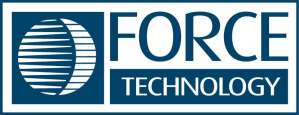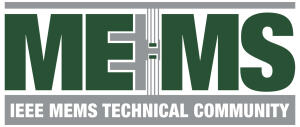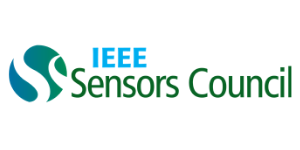Virus protection is only one component of the arsenal of a company’s. Cyber criminals are increasingly using sophisticated techniques to defeat antivirus software and penetrate computers. To stay ahead of the curve, businesses require a combination of network firewalls, antivirus as well as other cybersecurity tools, including malware detection, behavioral analysis, threat intelligence, and data encryption.
To find the right antivirus program that meets your needs, begin with the list of your requirements and compare different providers. Look for companies that have a large customer base and multiple payment options. Select a service that offers real-time scanning and regularly updates their malware database. New viruses are continually being developed and the best antivirus software can detect them if they have up-to-date databases.
Signature-based detection is the most popular method to detect malware. It maintains an account with distinct code snippets of code that can identify known threats. The antivirus software scans for these thumbprints and, if there is a match is detected, it alerts the user. This technique is not as effective against metamorphic or polymorphic malware, which can encrypt or modify themselves to hide from detection by virus-scanning software.
Heuristic-based detection is a crucial feature of an antivirus program. It analyses malware and looks for patterns that may indicate malicious intentions. This approach can help detect previously unknown viruses, but should it not be adapting to the environment of the user, it can lead security alert fatigue.









